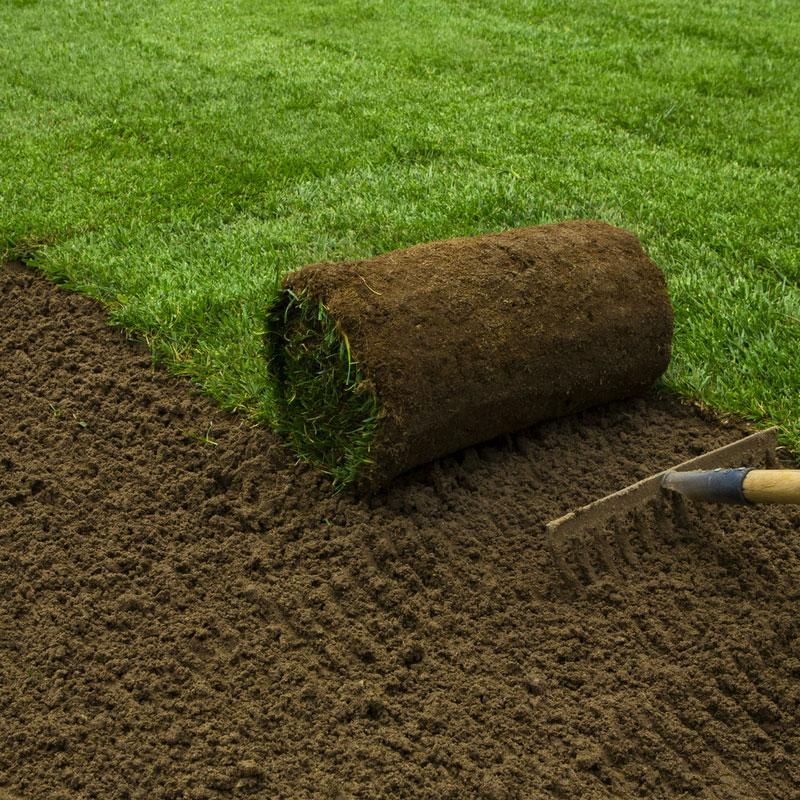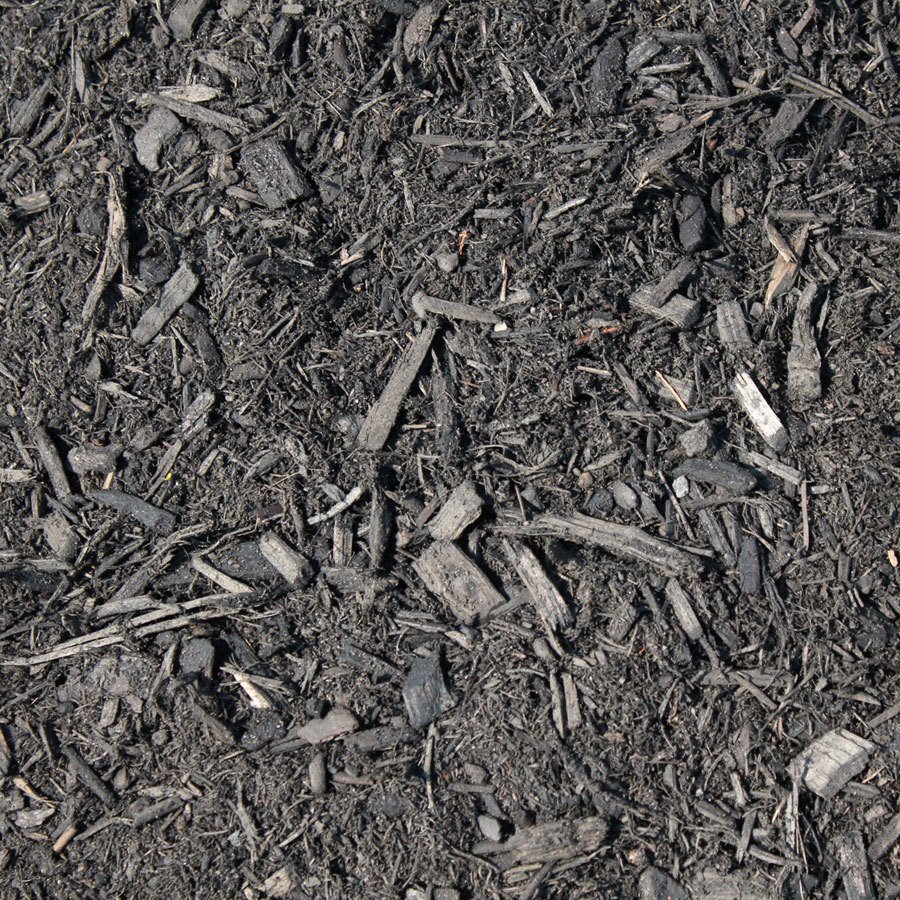
Gardeners love to move plants around as they get bigger or to make room for new additions, but there are a few tricks that the average or even more experienced ‘scaper should know about when and how to move plants so that they grow their best in their new location. Be sure to check out these tips and product recommendations before you begin any garden re-furbishment project.
- What Part of the Season is Best for Transplanting?
- How to Dig up Shrubs or Trees for Transplanting?
- How Much Water Should I Give Transplants, and How often Should Transplants be Watered?
- What Products Help Plants Recover from Transplanting?
- What Tools Should be Used for Transplanting?
- What kind of Soil should to Used when Transplanting?
What Part of the Season is Best for Transplanting?
In temperate climates, the best time to transplant is in the Spring and Fall. If at all possible, avoid transplanting in the heat of summer.
How to Dig up Shrubs or Trees for Transplanting?
.jpg)
The process is simple, prior to transplanting:
- Make sure the plant is well hydrated and healthy - a few days before transplanting be sure to give the plants being transplanted an extra watering
- Before diging, first select a new location for the plants you are moving. Dig out a new planting hole that is about double the width of the transplant. Don't dig the hole too much deeper than the root ball of the transplant. Use your best guess for the size -- you can always make adjustments once you have dug up the plant.
- Prune off any dead branches, and remove any damaged leaves
- With a Spade Shovel or Transplanter, dig around the base off the plant at least 3 inches from the base of the stem - for larger plants start 6 to 10 inches from the bases, going slowly so that you don't damage the root zone. Dig out further if you hit roots. Try to keep the root ball intact.
- For larger trees or shrubs, consider getting a tarp to lay the transplant on and ask a friend for help lifiting -- even for medium sized shrubs, the root ball will be quite large and heavy with soil
How Much Water Should I Give Transplants, and How often Should Transplants be Watered?

- Once you have replanted your transplant, be sure to water it in thoroughly. From then on, water regularly, just as you would any newly planted shrubs or tree
- Be sure to water deeply so that the entire root zone gets water. Its best to water deeply and thoroughly rather than more infrequently, but not deeply enough
- You can use Soil Moist it helps retain moisture to the needy roots of the plant
What Products Help Plants Recover from Transplanting?
There are many products that help with transplanting such as:
- Starter Fertilizer
- Mycorrhizae
- Soil Moist
- Tree Saver
What Tools Should be Used for Transplanting?
The main tools you will need are:
- Wheelbarrow - for moving your transplants
- Spade Shovel or Transplanter
- Watering device, i.e. hose or watering can
- Tarp or Burlap for protecting and moving the root ball
What kind of Soil should to Used when Transplanting
- For transplanting into garden beds, you can amend the soil or back-fill with a compost mix such as Lobster Compost, Composted Manure, or high-quality bulk compost
- For transplanting into a container, you can use an all-purpose potting soil (don't use garden soil in your containers!)
Sources: Kenneth C. Roth, MCH and Northeast Nursery Staff



